 Beatrice Loayza
Beatrice Loayza
Machismo and melodrama, strange passions and criminal lives—in his adopted home country, the filmmaker was resurrected.
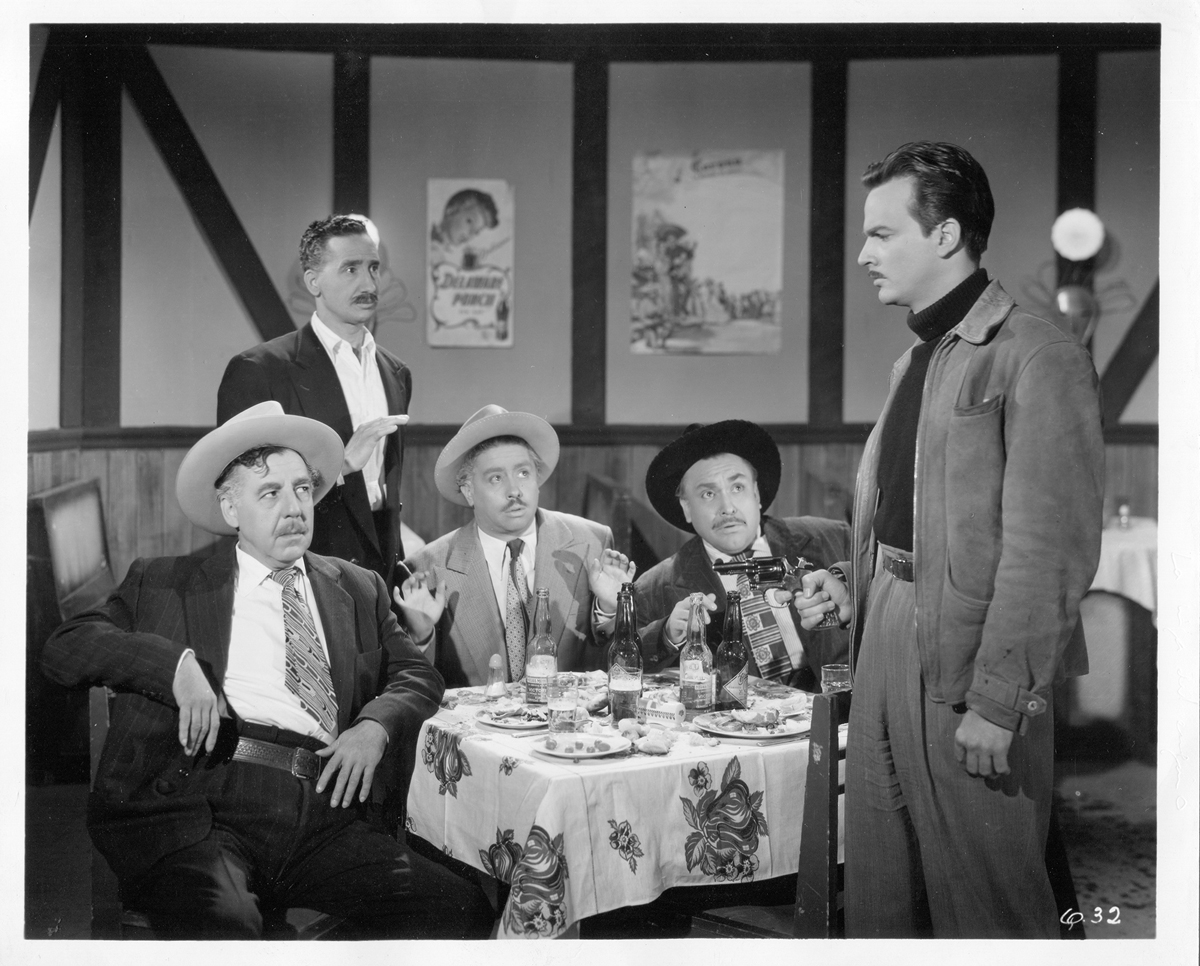
Fernando Soler as Quintín Guzmán (far left) in The Daughter of Deceit. Courtesy Filmoteca UNAM.
“Buñuel in Mexico,” organized by Dave Kehr with Steve Macfarlane, Museum of Modern Art, 11 West Fifty-Third Street, New York City, through February 20, 2024
• • •
“I had so little interest in Latin America that I used to tell my friends that should I suddenly drop out of sight one day, I might be anywhere—but there,” Luis Buñuel once wrote, well aware of the irony. In 1949, three years after arriving in Mexico City, the Surrealist filmmaker renounced his Spanish citizenship and pledged loyalty to his adopted home, where he remained until his death, in 1983. Clearly, Mexico had succeeded in piquing Buñuel’s curiosity, though his Mexican films, nestled between his early experimental classics (Un Chien Andalou, 1929) and his Euro-star-studded provocations (Belle de jour, 1967; The Discreet Charm of the Bourgeoisie, 1972), are often short-shrifted in surveys of the director’s greatest hits. Eurocentrism can account for this; so can the mandate behind this period of work, with the majority of these films, commissioned by studios to appeal to local audiences, riffing off genre blueprints such as the ranchero comedy and the marital melodrama. Buñuel’s move to Mexico was something of a fluke, yet, in the two decades he spent working in the country, it became the playing field for his cinematic resurrection, with the Catholic nation’s steep cultural contradictions proving uniquely suited to his cataclysmic vision of human nature.
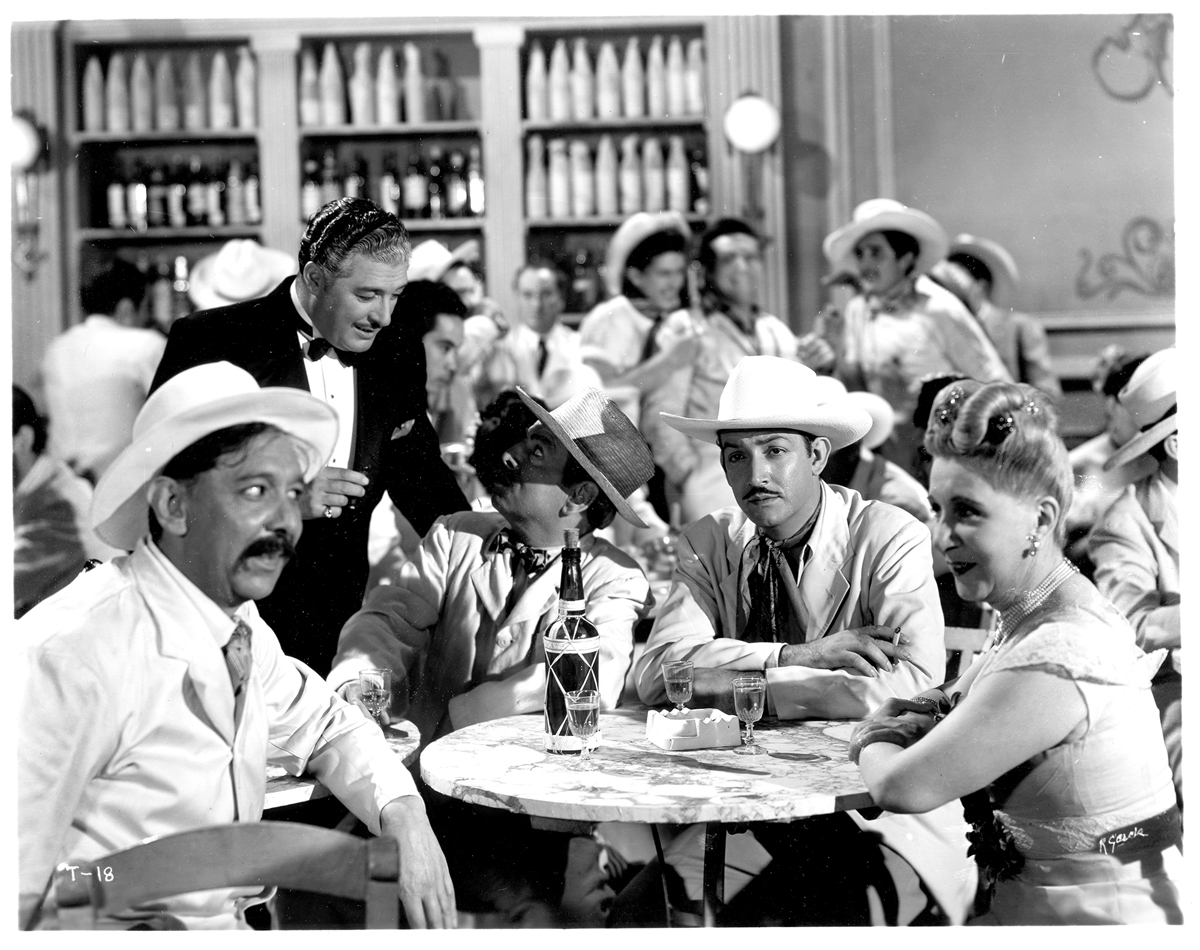
Still from Gran Casino. Courtesy Filmoteca UNAM.
In the interwar years, Mexico City became a haven for European refugees and personae non gratae like Buñuel, who fled the Continent right before Generalissimo Franco emerged triumphant after the Spanish Civil War. Buñuel had tried to make a go of it in Hollywood, but no one was particularly keen to work with the gloomy Spaniard. Then he got a gig cutting anti-Nazi propaganda films for MoMA in New York. That didn’t work out either. When Salvador Dalí published his tell-all memoirs, he made Buñuel out to be a hardcore Communist and atheist (which he was), forcing his scandalized employers to call for his resignation. Eventually, he was invited to make his way down south to direct a movie under the aegis of Mexico’s rising studio system. It had been over fifteen years since his last narrative feature (L'Âge d’Or), so he took what he could get. At first, this meant pop comedies (Gran Casino, from 1947, and The Great Madcap, from ’49), which gave him the quick cash and solid rep he needed to wave his freak flag high again.
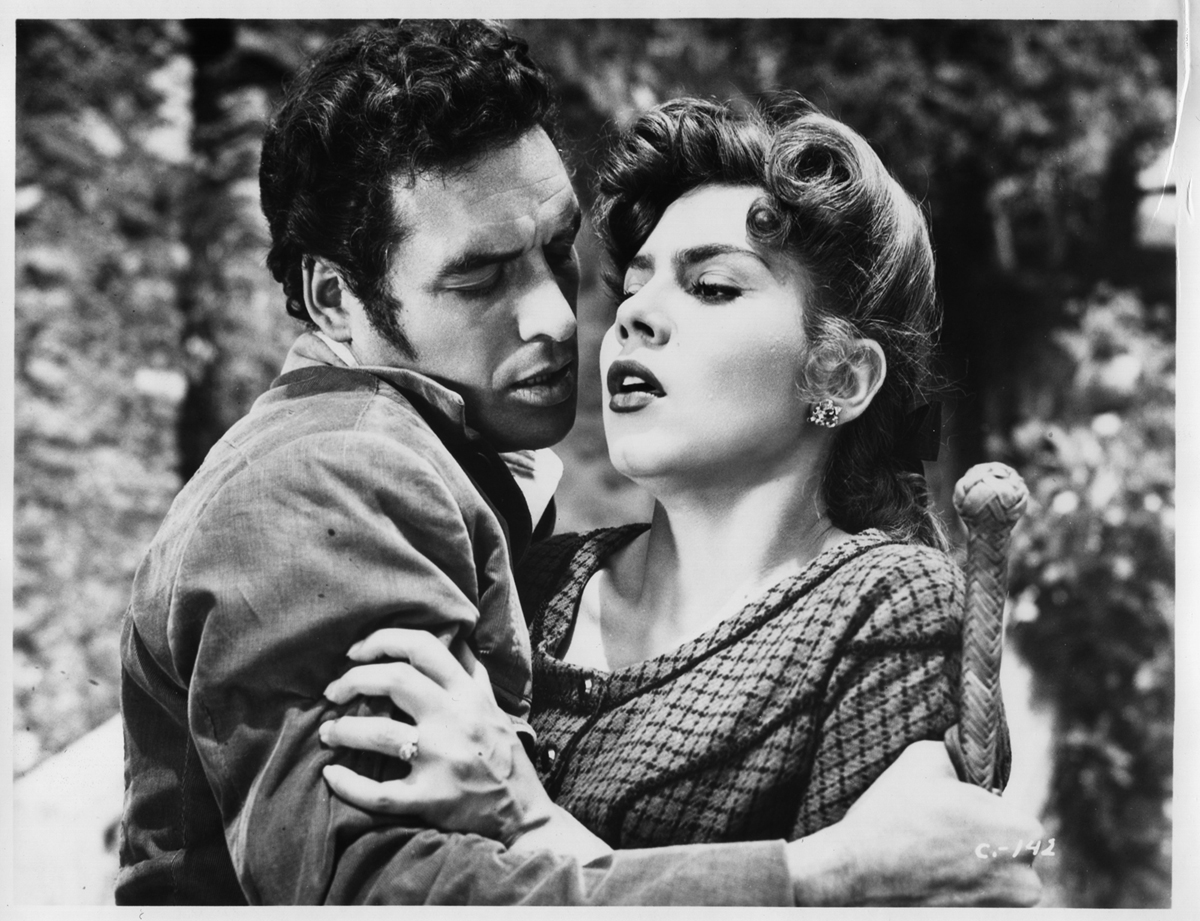
Jorge Mistral as Alejandro and Lilia Prado as Isabel in Abismos de pasión. Courtesy Filmoteca UNAM.
Buñuel didn’t feel an outsize kinship with his new compatriots. In his autobiography, My Last Sigh (1983), the filmmaker speaks bewilderedly about the country’s casual violence, the ease with which men pointed revolvers at their opponents over the mildest slight. They “seemed inordinately sensitive,” he explains, with a “highly developed capacity for vengeance.” These observations motor the plot of The Daughter of Deceit (1951), in which Fernando Soler’s patriarch, Quintín, fires blindly into the street after he catches his wife, clad in a lace negligee, preparing to bed her secret lover. Impulsive men with fragile egos also abound in Abismos de pasión (1954), Buñuel’s sordid adaptation of Wuthering Heights. The otherwise docile Eduardo (Ernesto Alonso) refuses to take in his teenage sister when she crawls back, begging for safe haven. She may have been cruelly tricked into marrying his archrival, Alejandro (Jorge Mistral)—a hulking, muscular version of Heathcliff; more a Bridgerton character than the brooding proto-incel Emily Brontë had in mind—but loyalty means loyalty, and masculine pride trumps the emotional and physical abuse of a minor.
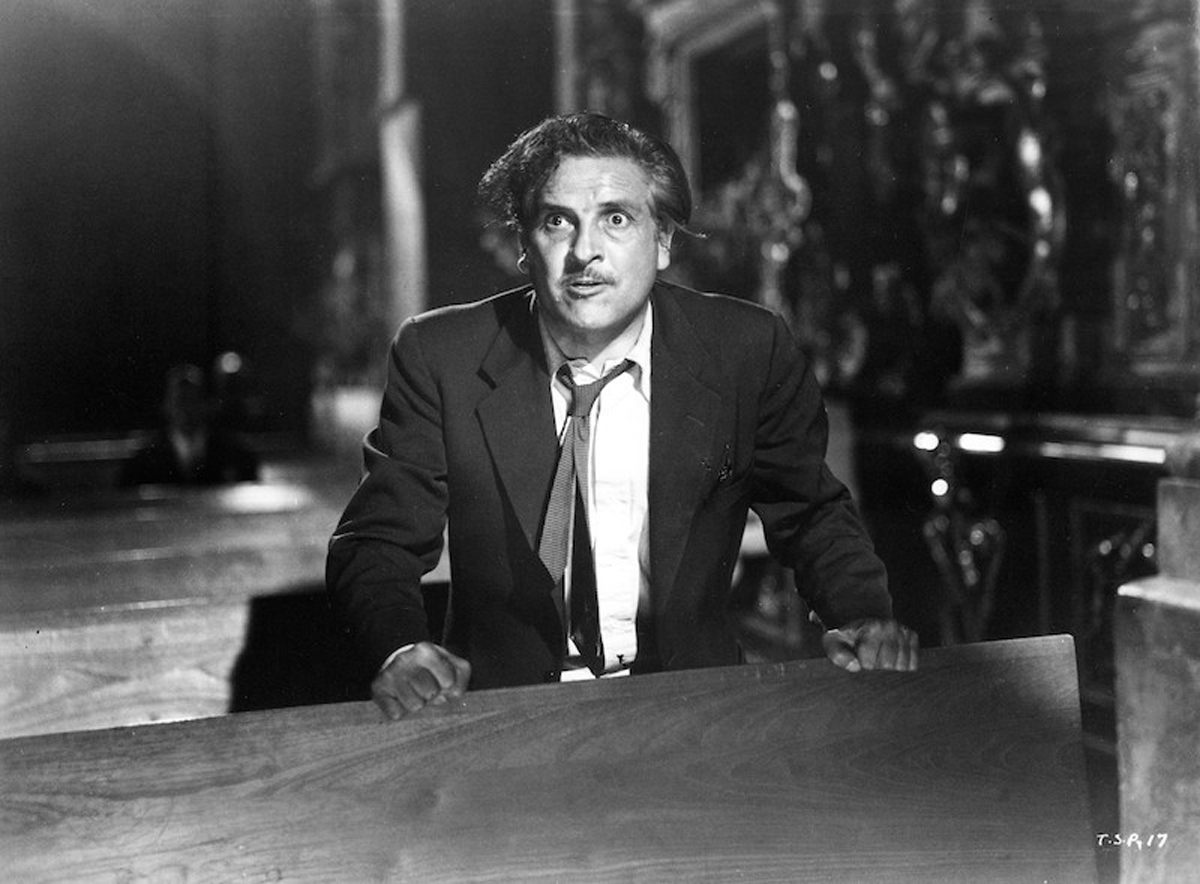
Arturo de Córdova as Francisco Galván de Montemayor in Él (This Strange Passion). Courtesy Filmoteca UNAM.
The greatest portraits of cuckoldry present the masculine fear of betrayal as an absurd kind of pathology—and no film, in my mind, achieves this as magnificently as 1953’s Él (This Strange Passion). Francisco (Arturo de Córdova) is consumed by the kind of amour fou that knows no laws, has no barriers; possessing his beautiful wife, Gloria (Delia Garcés), is his only happiness, a sick, destructive pleasure that succeeds only in deranging him further. Beyond Francisco’s bizarre antics, the melodrama achieves a deep shade of black humor for the patriarchal social conditions it lays bare: as with Eduardo’s kid sister in Abismos de pasíon, no one seems to take Gloria’s cries for help all that seriously. This nonchalance has little to do with not believing women (strapping machos are perhaps too willing to defend the honor of the so-called weaker sex, so much so that their “heroics” come off as performative and/or infantilizing, as seen in The Brute, from 1953, and The Young One, from 1960). Gloria is believed, all right, but her friends and family members shrug it off all the same: that’s marriage, and you’re stuck in it for life.
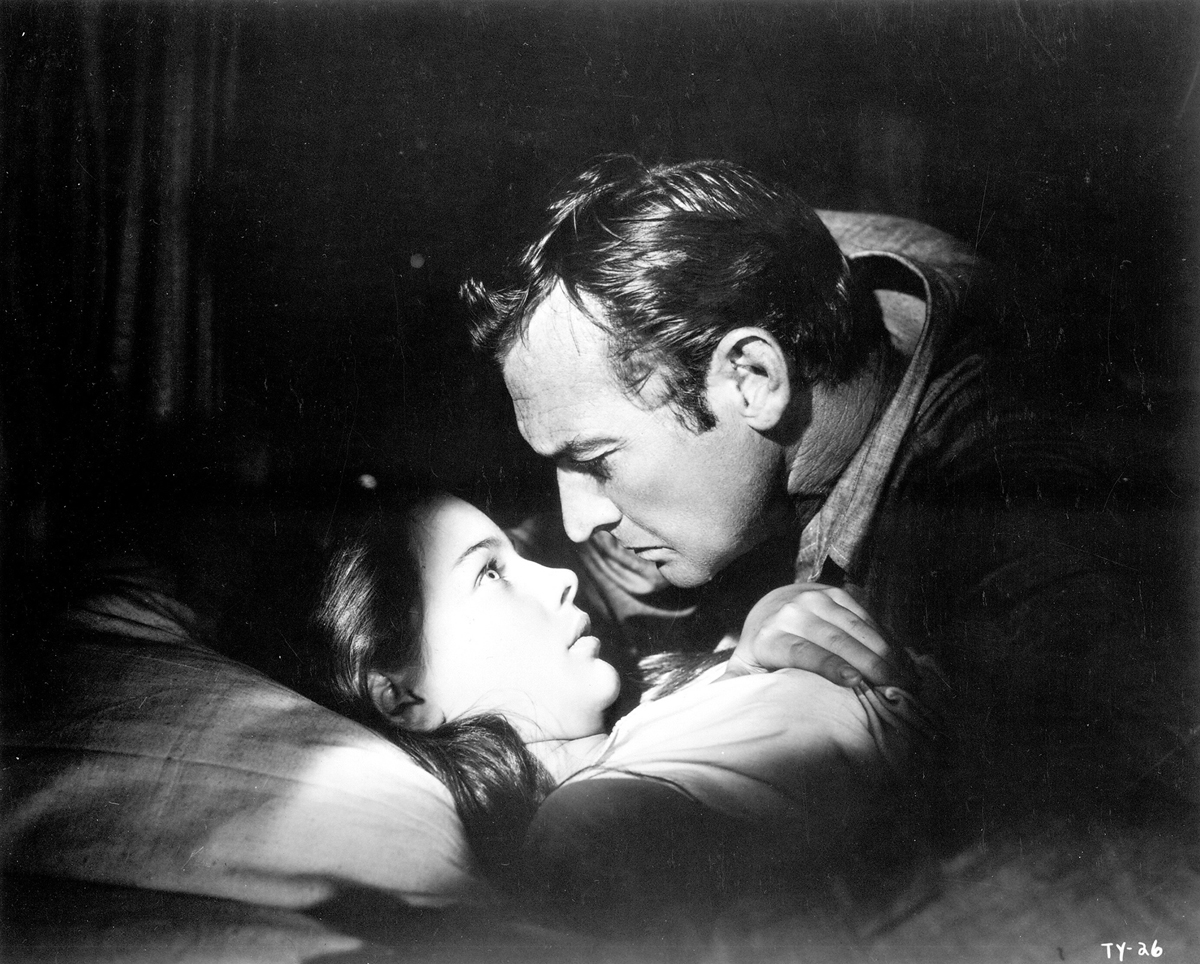
Key Meersman as Evalyn and Zachary Scott as Miller in The Young One. Courtesy Photofest.
Buñuel, raised Catholic in an intensely God-fearing part of Spain, was endlessly fascinated by the “voluptuous” powers of sinful sex, by the passions that violate the bounds of reasonable, even moral behavior. This is evidenced by the adult guardian who sexually preys upon his barely adolescent charge in The Young One (the second of two English-language films Buñuel made during his Mexican period) and by the Freudian serial killer of The Criminal Life of Archibaldo de la Cruz (1955), who seeks the same sexual fulfillment he experienced as a child upon seeing his nurse’s corpse. Sin, of course, comes easier when there are orphaned virgins galore and when social mores are dictated by highly rigid codes of monogamy that merit bloodshed should they be broken.
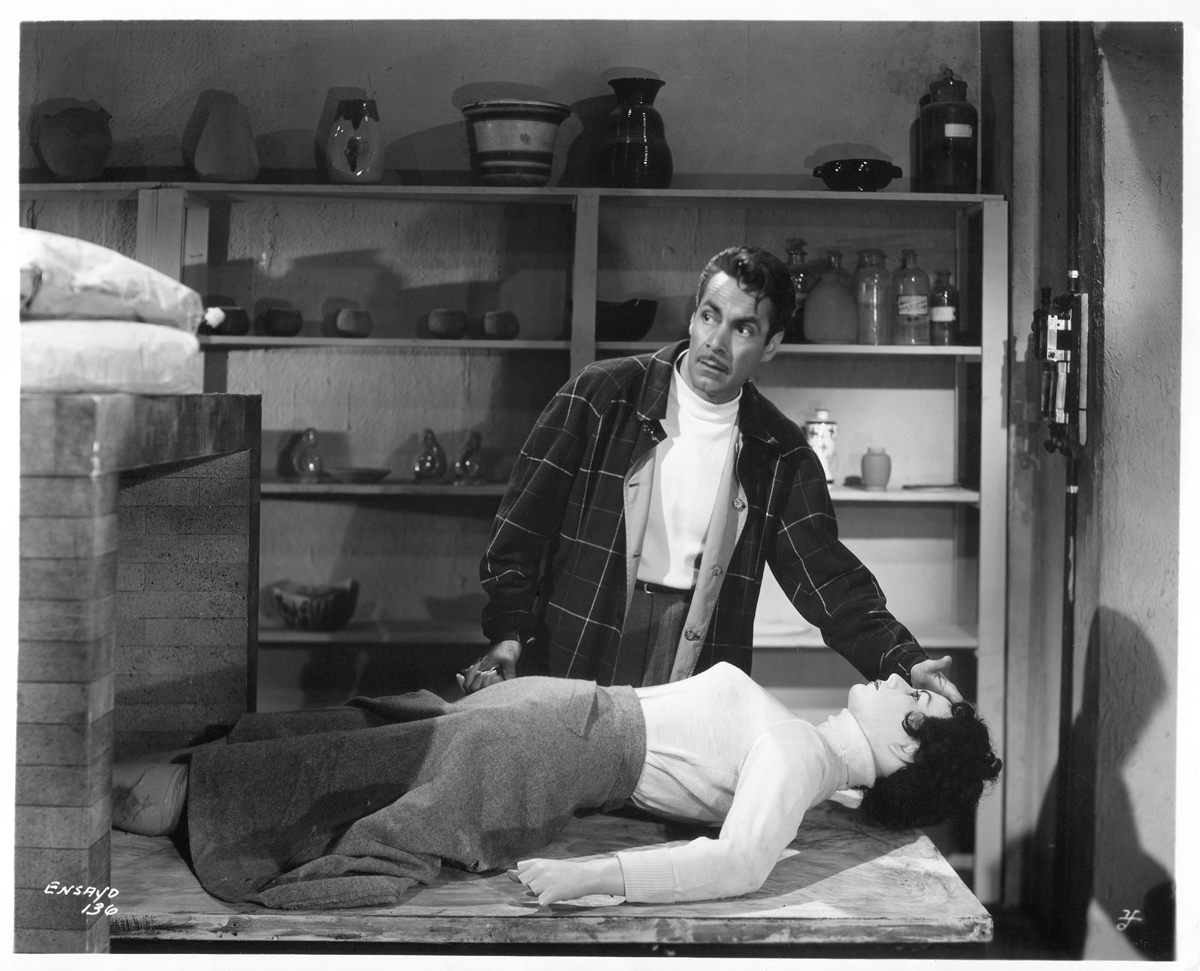
Ernesto Alonso as Archibaldo de la Cruz in The Criminal Life of Archibaldo de la Cruz. Courtesy Photofest.
Buñuel’s work as a whole is distinguished by its attraction to exaggerated dynamics of surrender and control, purity and defilement, naivete and transgression—qualities that would take on a more literal expression in his sadomasochistic later films. But whereas actors like Catherine Deneuve and Michel Piccoli in Belle de jour perform their perversions with a modern European’s cooler touch—slightly aloof and mildly muted against the possibility of a love affair—such detachment is nonexistent among the performers in Buñuel’s Mexican films. (The human flame that is Pierre Clémenti is an exception, his wildness cutting through the baroque opacity of the ’67 film.) One is tempted to blame the fiery constitution attached to the stereotypical Latino, and certainly Buñuel’s sharp visions of marital corruption and virgin-worship fit well into the Mexican entertainment industry’s narrative templates. But his films hardly settled into the neat resolutions expected of these popular works.
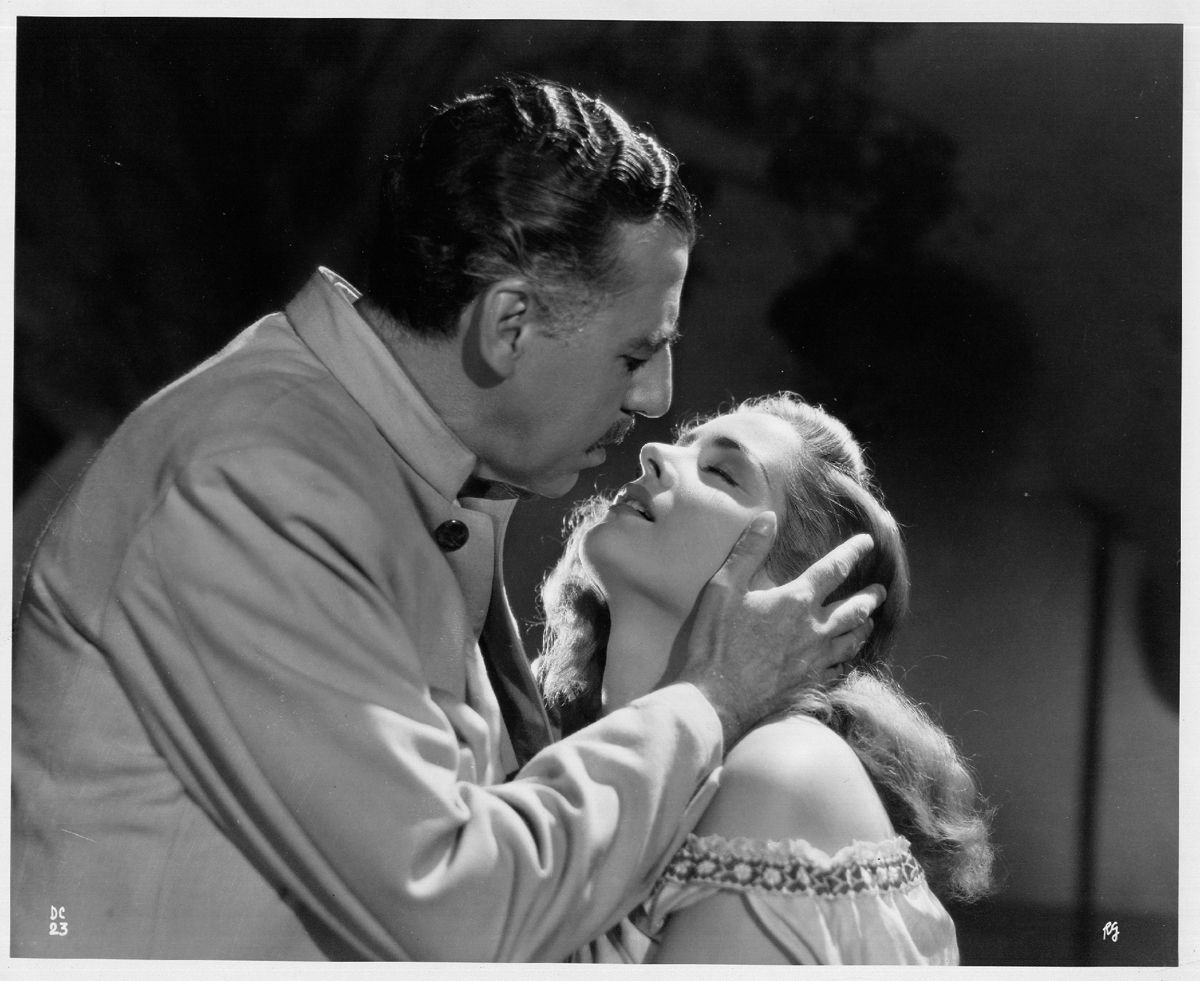
Fernando Soler as Don Guadalupe and Rosita Quintana as Susana in Susana. Courtesy Filmoteca UNAM.
Susana (1951)—a femme-fatale soap opera in which an escaped reform-school prisoner plays the damsel and flatters men’s hero complexes to finagle her way into a wealthy family—stands apart in this regard. When the wretched seductress is eventually dragged away by the police, Buñuel concludes on a disturbingly happy note: the family and its employees face one another with tight grins, all too willing to ignore the base desires and hypocrisies exposed by Susana’s silent, beguiling reign. The moment underscores rank cowardice and repression, but I suppose Buñuel would have always rather had it that way.
Beatrice Loayza is a writer and editor who contributes regularly to the New York Times, the Criterion Collection, Film Comment, the Nation, and other publications.